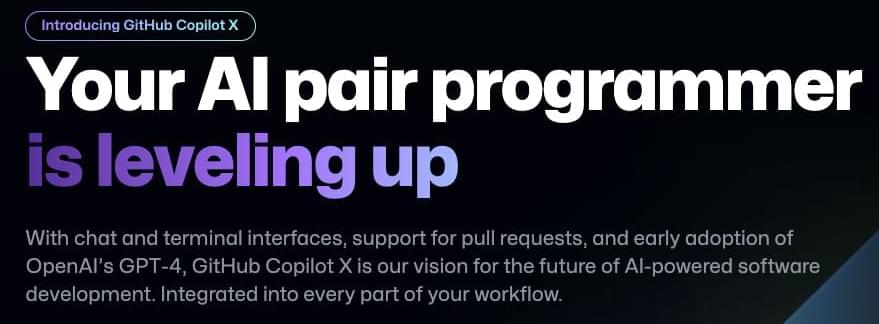Chat gpt 4 has near limitless potential for AI good and it helping so many coders already. It is much like the beginning of the star trek computer and Jarvis from Ironman. It is actually making quick work of all the coding tasks. The real potential is full automation where even work and society could evolve millions of years in seconds. For space exploration we could see it implemented for information of all kinds that is accurate. Eventually it really could be a star trek computer for space exploration. This will only get smarter and Eventually gaps of knowledge even from college level tasks can be easily done and beyond. Along with neuralink even humans could have accurate knowledge with chat gpt 4 including all known knowledge like the entire internet inside neuralink eventually. This could even help with guarding against the superintelligence if that were to happen. Also can even guard nations eventually from polymorphic malware. This tool is a definite force of AI good so stay tuned to chat gpt 4 and beyond.
Hold onto your hats! Microsoft has done it again with the announcement of GitHub Copilot X powered by GPT-4. This shiny new iteration offers many features that will make your pair programming experience feel like a walk in the park.





